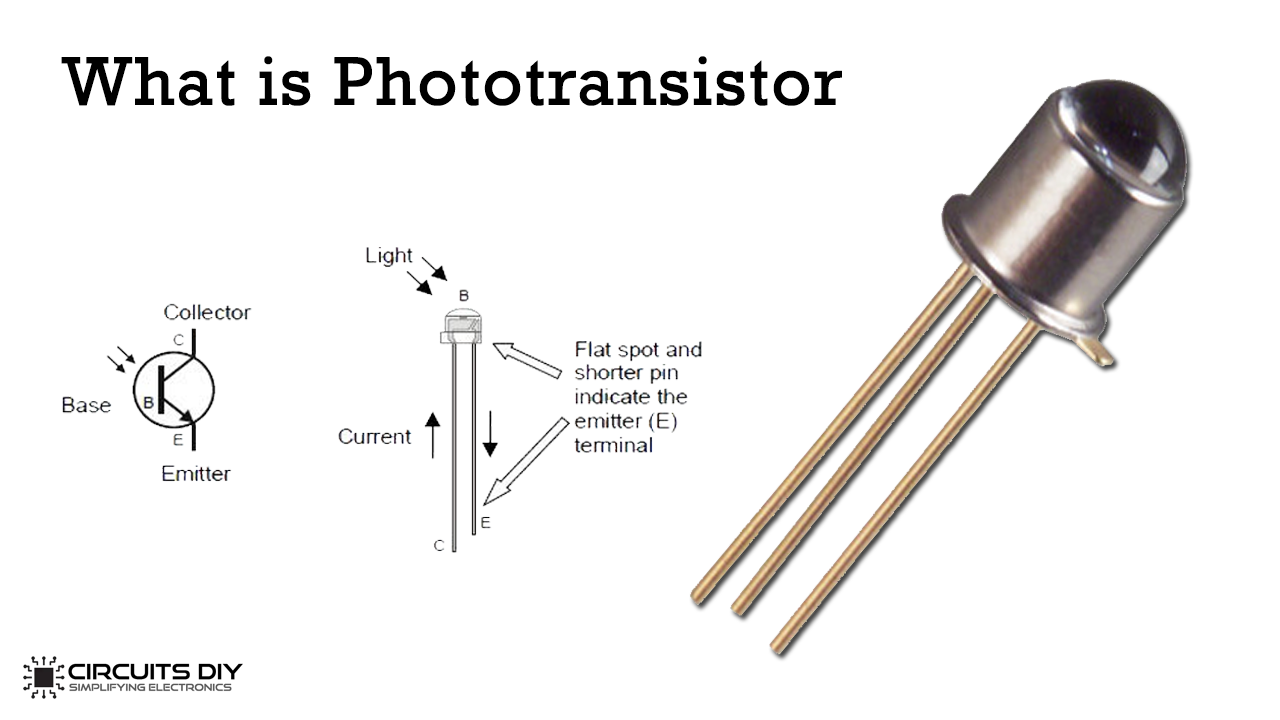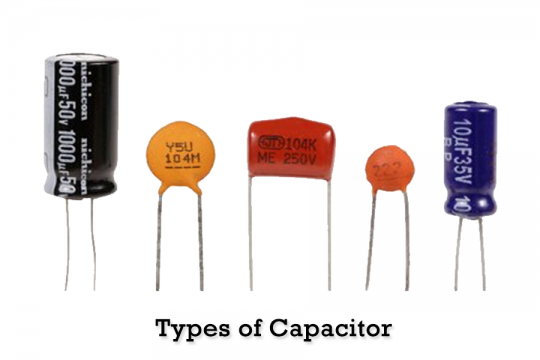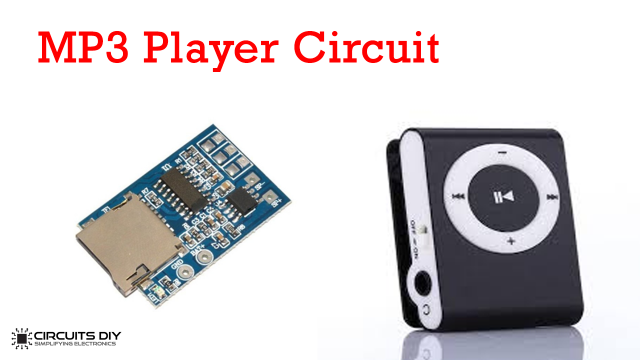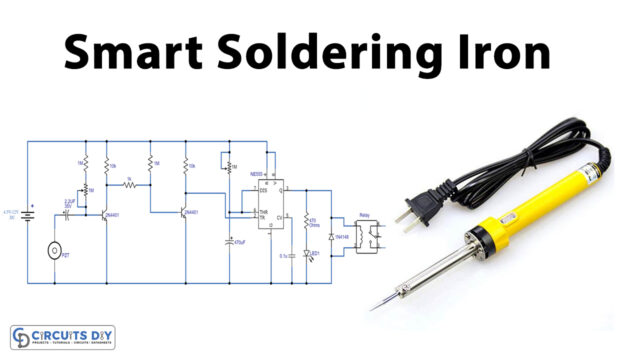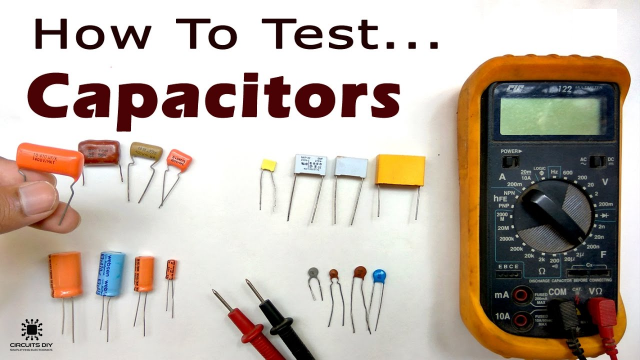A Phototransistor is a semiconductor device that is sensitive to light. It alters the current flowing between the emitter and collector, according to the level of light it receives. They are similar to a regular transistor except that it has a light-sensitive Base terminal. The base-collector junction of the phototransistor is also larger as it is the light-sensitive region of the sensor.

Working Explanation
Phototransistors work by converting light energy into electric energy. They are generally encased in a clear or opaque container in order to enhance the light which travels through it and allow the light to reach the phototransistor’s sensitive parts. The base of the phototransistor amplifies the light that it comes in contact with. This causes a relatively high current to pass through the phototransistor. The current is then converted into voltage when it spreads from the base to the emitter.
Characteristics of Phototransistor
The Phototransistors are available as either a two-lead or three-lead device. In a two-lead phototransistor, the Base terminal is electrically unavailable and the device is completely dependent on light. While in a three-lead phototransistor the usage of the Base terminal is optional. When the base is used, it acts as a regular BJT and when it is not used, it acts as a Photo-Transistor.

Applications of Phototransistor
They have a wide variety of applications. Given below are some of the applications of Photo Transistor:
- Infra-red detectors
- Lighting control
- Encoders
- Opto-couplers
- Card readers
- Level indicators
- Alarm systems
Advantages
- They are less complex and inexpensive.
- Have a relatively high gain.
- They are highly sensitive optoelectronic devices.
Disadvantages
- They are not as fast as other light-sensitive electronic components like photo-diodes.
- Their frequency response is low.
- They cannot detect a small amount of illumination.

